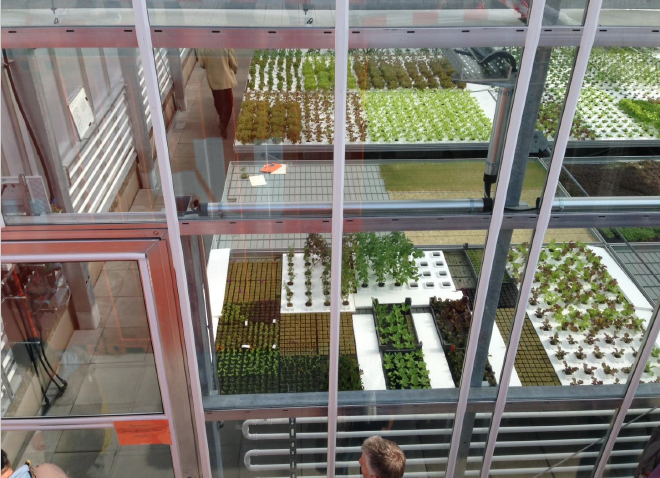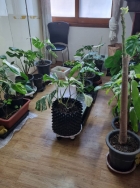|
|
 자료출처: international conference VFUA 2014 the university of nottingham,uk
위자료는 도시농업의 귀감적인 사례이라고 개인적으로 생각해 자료를 번역해 소개합니다. 본자료를 배포하거나, 상업적으로 이용하는것을 금지 합니다. 다만, 우리나라와 같이 협소한 곳에서, 특히 도시에서, 아쿠아포닉을 이용해 신선한 채소와 고기를 접할수 있고, 상업적으로 성공한 사례 이므로 소개하므로, 많이 응용 하시여, 시행해 보시기 바랍니다.
1. 소개 Aquaponics is an innovative and sustainable food production system integrating aquaculture with hydroponic vegetal crops (Graber & Junge-Berberovic, 2009). This emerging technology has the potential to play a key role in provision of food while tackling global challenges such as water scarcity, food safety, food security, urbanization, and reductions in energy use and food miles. Aquaponics는 통합 혁신적이고 지속 가능한 식량 생산 시스템 입니다 수경재배 식물 작물 (Graber & Junge-Berberovic, 2009)과 고기양식, 이새로운 기술은 식품 부분의 공급에 중요한 역할을 할 수있는 잠재력을 가지고 물 부족, 식품 안전, 식품 안전, 도시화, 에너지 사용과 원거리 식품 수송거리의 감소 등의 글로벌 과제를 해결하는 방편으로 제시되었다. 구글에 Aquaponic이 널리 논의 된 기술이지만 오늘날에,실제 시스템의 성능은 매우 소수의 연구 논문에 의해 효율및 설명을 발표했다.
  |








| 
|







 전체글 보기
전체글 보기 
 전체글 보기
전체글 보기






 3032046inlinei2gardenrooftop.jpg
3032046inlinei2gardenrooftop.jpg

















